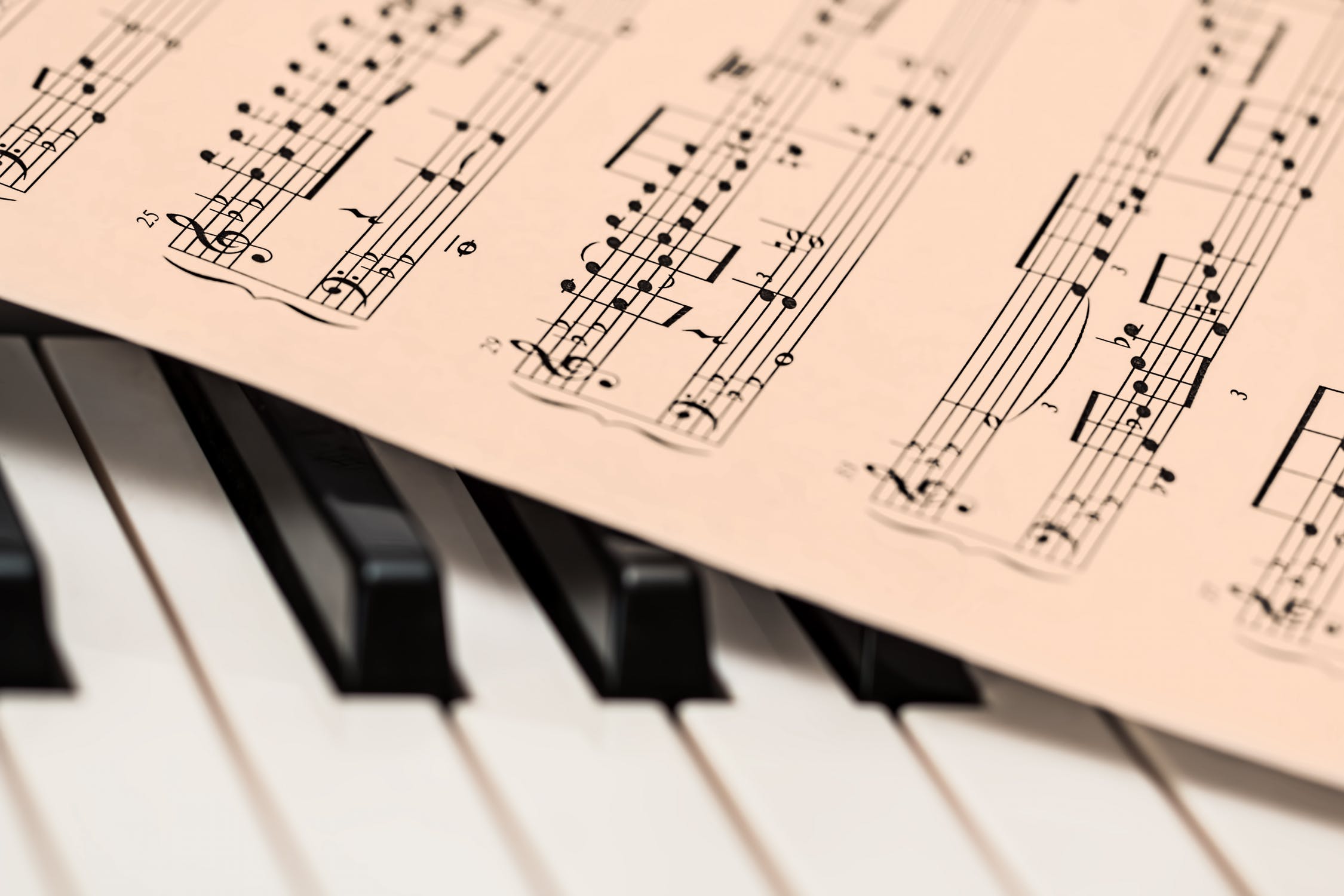Tritone substitution is a popular term that gets thrown a lot in music, especially jazz music when it comes to reharmonizing the chords and harmony in jazz standards and often times big band arrangements.
The term “Tritone”, refers to the interval tritone, which indicates that we will be dealing with a 4 and a half step difference as the tritone is a half step larger than a perfect fourth and a half step smaller than a perfect fifth.
The term Substitution in this particular case means and refers to the fact that we will be substituting out whatever note or chord we are seeing, for the tritone interval away from our given note.
That may sound a bit confusing, but we’ll be demonstrating the use of tritone substitution slowly with a variety of examples.
What Actually Is A Tritone Substition?
A tritone substitution really is a reharmonization technique. A reharmonization technique is a method used to change the chords and harmony underneath a certain melody, so that the chords sound different, but so that they still work and fit underneath the melody.
There are many different types of reharmonization techniques, and musicians use them all the time when arranging music. There are even musicians (often times piano players) who have taken a liking to the world of reharmonizing and automatically incorporate it into their playing.
Now, what does the tritone substitution refer to?Remember talking about the tritone interval earlier? It’s important to remember that part.
I think the best way to explain what this type of reharm actually is and does, is by giving you a simple example.
Example
Let’s say for a minute that we are in the key of C major. We’re looking at a jazz standard that has the following infamous chord progression, II-7 V7 to Imaj7, which translates to if it is in the key of C major, D-7 G7 to Cmajor7.
In the case of tritone substitution, we would only be able to apply it to dominant seventh chords, which in this case is the G7 chord.
Remember talking about the tritone interval? We’re about to apply that right now!
Let’s have a look at what note is exactly a tritone away (either higher or lower, doesn’t really matter) from the root note of the dominant chord, which is in this particular case a G.
A tritone away from G is the note Db.
And so the tritone substitution technique tells us it is okay to Substitute, the G7 chord out for it’s tritone equivalent, which then becomes Db7.
Once this technique is completely, our new harmony looks like this: D-7 Db7 to Cmaj7, which is really a neat sound if you ask me!
Why Does The Tritone Substitution Work?
This is a question I get asked all the time! The answer is actually fairly simple. Let’s dissect things a little further shall we!
In order for us to understand why a tritone substitution works as a technique in general, it’s important to know and understand what is going on theory wise.
Let’s have a look at what notes are actually in the chord G7. G7 has the notes G, B, D and F in it, which stands in mathematical terms for the 1, the 3rd, the 5th and the b7th.
Now, let’s have a look at what our tritone substitution entails. Db7 has the notes Db, F, Ab and B. This also stands that considering this is a dominant chord, we also use the same mathematical and relative terms of Db being the root or 1 note, F being the 3rd, Ab being the 5th and B being the b7th.
Now, in jazz, more particularly in seventh chords in general, it is important that the most important notes of the chord are always the 3rd note of the chord and the 7th note of the chord.
Really, that’s where the color and tension are created, no matter what voicing you use as a piano player.
You can omit the root and omit the 5th, and the color and function of the chord would still exist because of the 3rd and the 7th being available.
Why does that work? Well, let’s reverse the roles for a second. Let’s say we do not have a 3rd anymore. Well, how are we able to say if the chord is major or minor? We simply can’t!
Let’s say we don’t use the 7th anymore. Well, how are we able to say if we’re dealing with a major 7, minor 7, minor major or dominant chord? It’s tough!
That’s why those 3rd and 7th notes are most important.
Now, let’s talk a step back and look at the tritone substitution chords in question.
The 3rd note and the b7th note of both chords are inverted and being shared in commonality!
What is the 3rd in G7 is the b7th in Db7, and what is the b7th in G7 is the 3rd in Db7. That, is why the tritone substitution works. Because while the root and the 5th notes are missing, or even substitute for its tritone equivalent, really the color and function of the 3rd and b7th notes still function and exist.
Conclusion
the sound of a tritone substitution is incredible, but can grow old very quickly.
My advice as a professional musician is that you don’t over use this technique, but if you have to play around with the rhythmic value and length of the chords.
How long do you want the tritone substitution to last? Do you want it to be more of an effect or more of a legitimate chord for a full duration?
These are things to think about as a player and even more so as a composer or arranger.
If you don’t, the audience may grow tired of hearing this technique being over used or misused and consider the piece of music to simply not be good or distasteful.
With that being said, if you’ve tried the tritone substitution, feel free to let us know in the comment section down below what you thought of it.
Do you like it?
We’d love to hear about it!
Hope this explanation helped!



